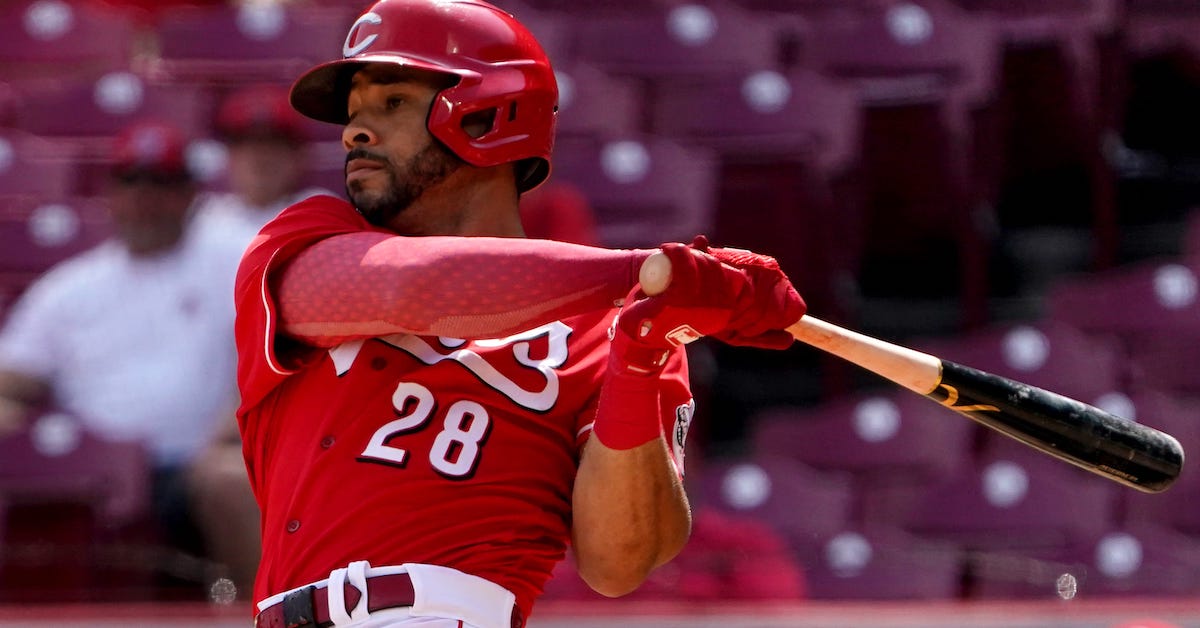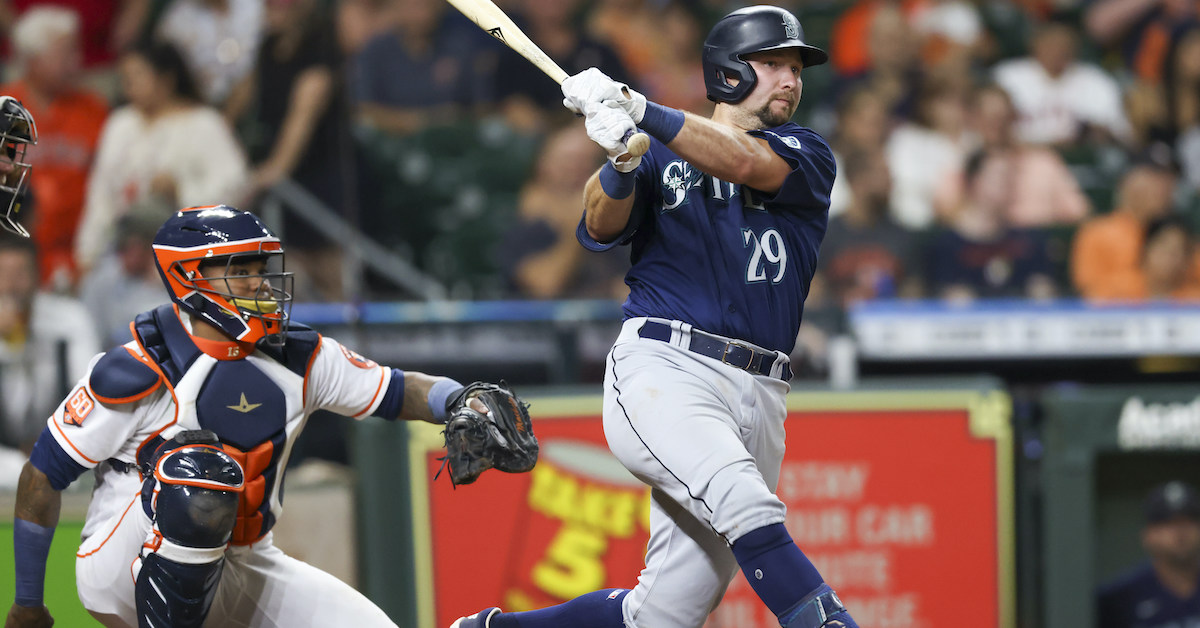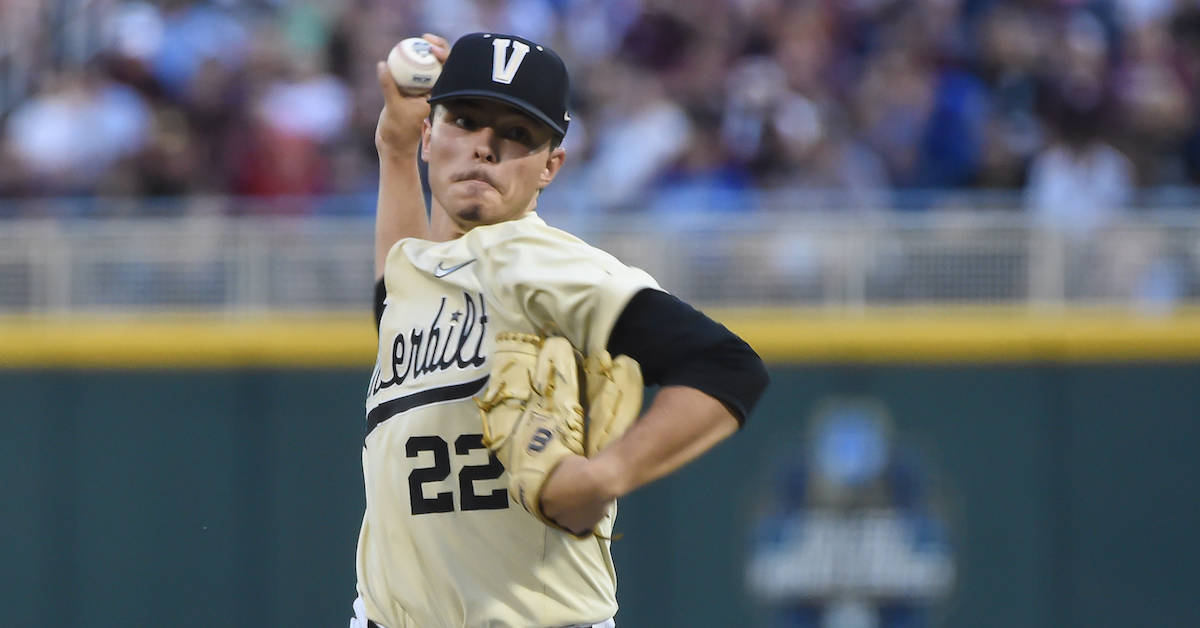Pitching-Needy Blue Jays Snag Mitch White in Prospect Swap With Dodgers

A lot happened on a frantic deadline day, so you wouldn’t be blamed for missing out on this trade between the Dodgers and Blue Jays that came together down the stretch. But we at FanGraphs are dedicated to covering every deadline transaction, no matter how small or seemingly insignificant. This is a four-player deal, with each team involved receiving two of them. Here’s the basic breakdown:
Blue Jays get:
- RHP Mitch White
- INF Alex De Jesus
Dodgers get:
- RHP Nick Frasso
- LHP Moises Brito
First, let’s break down the Jays’ return. As expected, a great scramble occurred at the deadline for the limited amount of starting pitching available. Some teams, like the Yankees and Twins, emerged as clear winners. Others, like the Phillies, had to settle for the second-best but nonetheless decent options. Then we have the Blue Jays, who ended up with White. It’s understandable if this feels like a disappointing pickup, and while it’s better than nothing at all, with the right maneuvers, they could have done much better.
At the very least, White has experience starting in the majors. Prior to the trade, he served as the Dodgers’ five-and-dive starter and put up admirable results, with a 3.47 ERA and 4.06 FIP in 46.2 innings. That’s partially because his team seldom lets him face the order for a third time, but it’s also the point: For four or five innings, White does his job on the mound and then heads back to the dugout. With José Berríos and Yusei Kikuchi still in search of consistency and Hyun Jin Ryu out for the season, White’s presence provides some respite for the Blue Jays.
Repertoire-wise, White throws up to five pitches, though only three of them are noteworthy. The four-seam fastball, his primary offering, has about league-average velocity (93–95 mph) and is characterized by poor shape. He’s weirdly gotten a ton of outs with it this season despite the lack of movement, though whether that’s due to luck remains to be seen. The slider, his secondary offering, is genuinely great, featuring two-plane break and solid velocity for a breaking ball (84–86 mph). Opposing hitters agree; when swinging at it, they’ve whiffed 33.8% of the time so far. White will sometimes remind us of his low-80s curveball, but he often lacks proper feel for the pitch. Read the rest of this entry »











